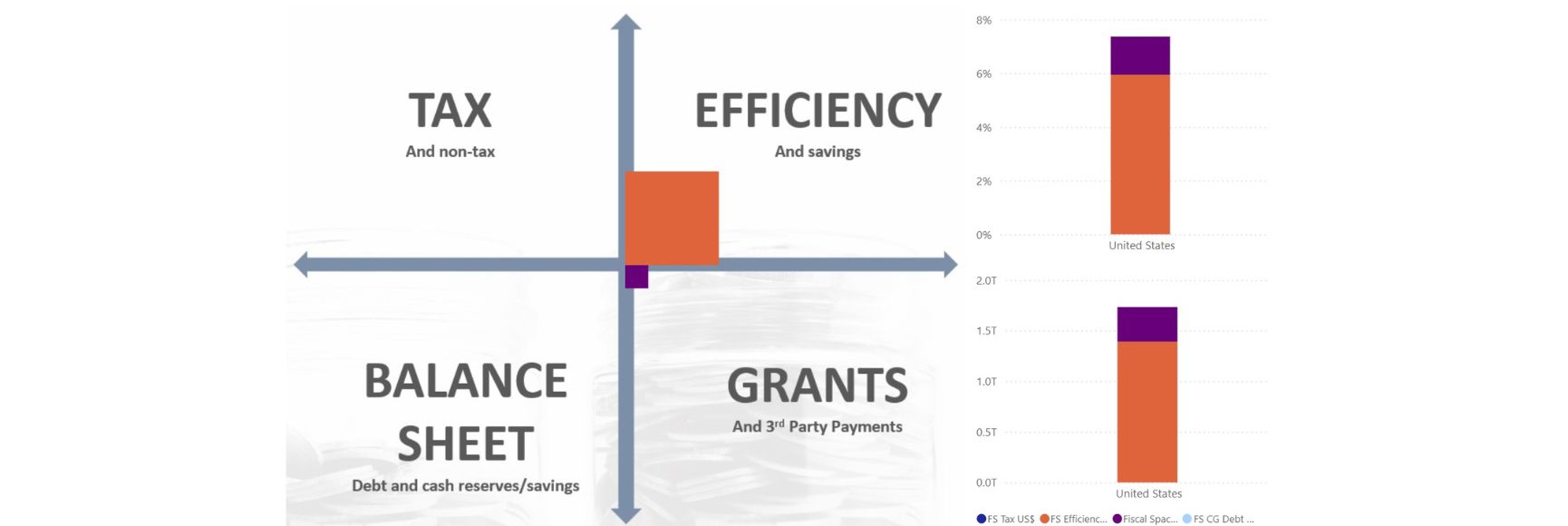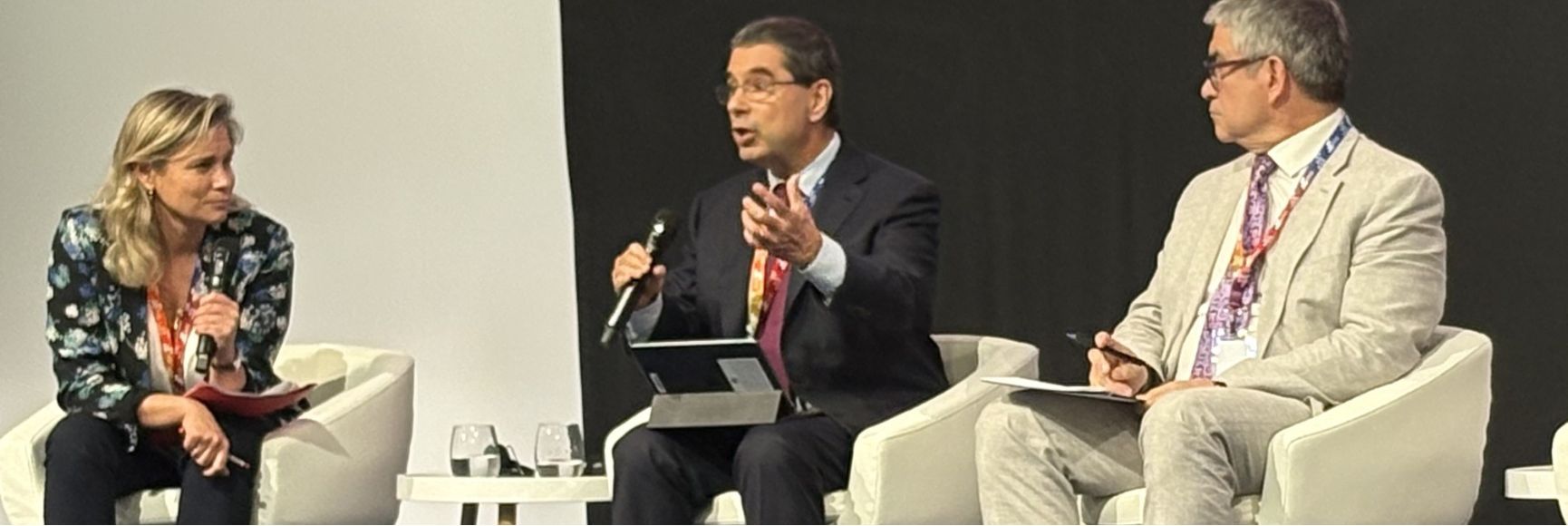Posted by Bacari Koné
Prior to 2004, the Central African Republic (CAF) experienced very serious slippages in its PFM system. The difficult political situation in CAF was an important factor in this. Over the past few years, this landlocked African country has been gradually improving its PFM system, with the help of several donors.
This post reviews the progress made in tackling key PFM challenges since the coup d’état of March 2003.
Starting Position in 2004
Prior to 2003, the CAF went through several years of political instability, including a number of coup d’états, military mutinies, and intermittent civil unrest. These impacted adversely on the PFM system and undermined the administrative capacities in the country.
In March 2004, an IMF TA mission reviewed the weaknesses in the country’s public finances and PFM system. At that time, some of the main issues were (1) serious shortages of treasury funds; (2) a high level of government debt to the country’s three largest commercial banks (amounting to about 10% of GDP) remunerated at a very high interest rate (18%) because the government had exhausted its borrowing limits at the central bank (BEAC); (3) a dramatic drop in revenue collections and introduction of the practice of collecting advances on future taxes from taxpayers; (4) an inconsistent legal framework and the use of outdated budget procedures; (5) weak and inadequate budget classification and related undependable fiscal reporting; (5) cumbersome expenditure processes, with lengthy payment delays—up to two to four years for pensions, and more than six months for procurement; (6) lack of treasury control over all government accounts; (7) large wage arrears (nearly 12% of GDP); (8) limited and unsatisfactory government accounting with the frequent use of numerous suspense accounts; (9) redundant and inefficient internal control systems; and (10) inadequate cash management to cope with the existing situation.
Progress During 2004–08
Following the IMF diagnostic in 2004, the authorities decided to begin implementing needed reforms and to seek TA in the PFM area to guide the departments of the Ministry of Finance and Budget (MFB) to review their functions and improve budget execution. To facilitate the implementation of the reforms, The IMF’s Fiscal Affairs Department (FAD) with the financial support of Japan’s Ministry of Finance provided a long-term advisor from 2005–08. The authorities put in place, in 2005, with his support, a working group on budgetary and accounting reforms to coordinate the reforms. Other TA providers also became active in the CAF during this period. The World Bank (WB) led CFAA and PEFA missions, undertook an organizational audit of the treasury, and began assisting in various PFM areas. The European Union (EU) placed four PFM advisors, including one for the reform of the budget classification. The computerization of PFM was spearheaded by the French cooperation agency. The United Nations Development Program (UNDP) assisted the authorities in developing a medium-term expenditure framework (MTEF) and a related computerized information system. The IMF’s regional TA center for central Africa, AFRITAC Central (AFC) provided regular assistance on budget classification, fiscal reporting systems, and the chart of accounts.
Given the difficult circumstances arising from years of armed internal conflicts, the CAF has made relatively good progress in straightening out its PFM system. Improvements over the past years include (i) the adoption of a new organic budget law in 2006, a new public accounting regulation in 2007, a new procurement code in 2008, and a new decree defining budget execution procedures in 2008; (ii) the implementation of a computerized budget management information system called GES’CO; (iii) the unification of capital and current budget preparation at the MFB; (iv) the rationalization of government accounts in commercial banks and the concentration of most government deposits in the treasury’s main account at the central bank; (v) a significant increase of domestic revenue collection between 2005 and 2009, thus raising the revenue/GDP ratio from 8.2% to 10.5%; (vi) the timely payment of salaries falling due, together with the substantial reduction in salary arrears. On top of this, the CAF reached its completion point for the enhanced HIPC debt relief initiative in June 2009.
The Way Forward
After five years of reform experience, the authorities recognized the need to adopt a more comprehensive PFM reform program than the previous one, which admittedly has not been fully implemented as envisaged. Accordingly, a working group for preparing a comprehensive PFM reform plan was established in 2009. This group is presided by a senior advisor to the Minister of Finance and Budget and is assisted by the EU. In September 2009, a workshop was held in Boali (about 60 miles from the capital Bangui) to take stock of the reforms achieved over the past 5 years, identify persistent weaknesses, and start preparation for a new PFM reform plan, envisaged to be structured around ten strategic themes: six public finance themes and four cross-cutting issues.[1] The objective is to gradually further strengthen the PFM system so that it is consistent with a very large number of PFM good practices by 2015.
At the request of the MFB, an FAD TA mission visited Bangui in November 2009 to assist the authorities in taking stock of progress made and in developing a priority action plan to be integrated in the comprehensive reform plan. The mission noted the steady progress made in improving PFM since 2004, but also found that CAF’s PFM system still suffers from serious shortcomings and weaknesses. In particular, the PFM system is characterized by (i) a lack of realism in budget preparation which, combined with an ineffective cash management system, still creates conditions for the accumulation of payment arrears; (ii) cumbersome expenditure execution processes result in the excessive use of extraordinary spending procedures; (iii) weaknesses in the budget management information system, which does not yet allow to monitor budget execution at each stage of expenditure and does not yet produce reliable, timely and comprehensive fiscal reports; (iv) an ineffective budget execution control system; and (v) still very weak government accounting and fiscal reporting systems.
The main reasons explaining why improving PFM has been difficult, despite the progress over the last few years, are: (1) lack of a formal strategy and action plan for PFM reforms; (2) limited human capacities in the civil service, especially in the PFM field; (3) a high turnover rate among senior officials, including notably finance ministers; (4) limited domestic ownership of PFM reforms; and (5) frequent work stoppages for demands for payments of salary arrears and pensions. In parallel, the existence of an important stock of domestic arrears has dramatically reduced suppliers’ confidence in the government, and has encouraged unorthodox budget execution practices and treasury management.
The mission FAD proposed an action plan covering the following key PFM areas: (1) further updating and modernizing of the legal framework; (2) improving budget preparation and realism, (3) finalizing updating budget classifications; (4) rationalizing and streamlining the expenditure execution processes; (5) improving cash management and completing the establishment of a Treasury Single Account; (6) improving government accounting and fiscal reporting; (7) strengthening external audit; and (8) building capacity in MFB for the management and implementation of the PFM reform program. The mission developed a sequenced reform strategy, distinguishing short-term, priority reforms focusing on PFM basics from other more modern and more complex reforms (i.e., MTEF, program budgeting, and accrual accounting) which had been recommended by some TA providers and which, in the mission’s view, can only be implemented over the longer run.
To be implemented successfully, the comprehensive PFM reform plan under preparation necessarily requires considerable political and inter-ministerial support. It will also need a strong project team, led by a high-ranking official dedicated to the daily management of the PFM reform agenda.
--------------------------------------------------------------------------------
[1] The six central public finance themes are: (1) public expenditure management; (2) procurement; (3) salary and pensions; (4) public debt; (5) accounting system and cash management; and (6) mobilization of domestic and external resources. The four cross-cutting issues are: (1) the legal and regulatory framework; (2) public financial management information systems; (3) internal and external controls; and (4) human resource management and capacity building.





